Why Real Estate Websites Should Transition to Headless CMS for Better Listings

Introduction
Real estate websites serve as the digital face of agencies, playing a crucial role in connecting buyers and sellers. However, to stand out in a competitive market, these websites must offer seamless navigation, dynamic functionality, and exceptional performance. Traditional content management systems (CMS) often struggle to meet these demands due to limitations in scalability, flexibility, and speed.
A Headless CMS provides a modern solution by separating the backend from the frontend, allowing real estate websites to deliver better property listings and an enhanced user experience. In this blog, we’ll explore why transitioning to a Headless CMS can revolutionize your real estate platform.
Current Challenges with Traditional CMS for Real Estate
Traditional CMS platforms come with inherent limitations that hinder their ability to effectively manage modern real estate websites. A significant challenge lies in their lack of scalability. As property listings increase, these systems often slow down, frustrating users with delayed load times and inefficient navigation.
Another common issue is performance bottlenecks, often caused by the reliance on bloated themes and plugins. These additional components may add functionality but also introduce lag, which can deter prospective buyers from exploring property details.
Static templates further limit the flexibility of traditional CMS platforms. They restrict developers and designers from creating customized, interactive property pages that cater to diverse user needs. Finally, multi-channel content delivery remains a challenge, as traditional systems are ill-equipped to seamlessly distribute listings across websites, apps, and social media platforms.
What is a Headless CMS?
A Headless CMS separates the backend (content storage and management) from the frontend (website or app interface). Instead of being tied to a single presentation layer, a Headless CMS delivers content via APIs, offering unparalleled flexibility and scalability.
Key Features of Headless CMS
Content Delivery via APIs: Enables seamless integration with various frontend frameworks.
Customizable Frontends: Developers can build unique designs without being restricted by templates.
Scalability: Easily manage high volumes of content and traffic.
Multi-Channel Support: Publish content across websites, apps, and third-party platforms.
Why Headless CMS Works for Real Estate
Headless CMS revolutionizes how real estate websites manage and present property listings by offering unmatched flexibility and efficiency. Unlike traditional CMS platforms, a Headless CMS enables real-time content updates across all channels through API-driven architecture. This ensures that property listings are always accurate and synchronized, whether viewed on a website, mobile app, or social media.
The ability to decouple content management from the frontend interface means developers have full control over design and functionality, allowing for highly customized user experiences. For real estate agencies, this translates to interactive property pages, personalized search options, and advanced features like 3D tours or virtual staging.
Moreover, the scalability of Headless CMS allows it to handle thousands of listings and high-traffic periods effortlessly. This makes it a future-proof solution for agencies aiming to grow and stay competitive in the market.
Not sure if a Headless CMS or a Static Site Generator is a better fit for your project? Read our comparison of Headless CMS vs Static Site Generators: Which is Right for Your Project?.
Benefits of Using Headless CMS for Real Estate Websites
1. Streamlined Property Management
With a Headless CMS, agencies can centralize the management of property details, images, and videos. Updates made in the backend are instantly pushed across all connected platforms, reducing errors and saving time.
2. Superior User Experience
Faster load times and optimized APIs ensure seamless navigation for users. Headless CMS platforms also empower developers to create interactive property pages with advanced features like filters and virtual tours, enhancing client satisfaction.
3. Multi-Channel Content Distribution
Real estate listings can be effortlessly published across websites, apps, and third-party platforms. This broadens visibility and increases engagement with potential buyers.
4. Scalability for Expanding Agencies
As property listings and user traffic grow, Headless CMS platforms like Orbitype provide the infrastructure to handle increased demands without compromising performance. Orbitype’s robust architecture ensures your website remains efficient and reliable.
5. Enhanced SEO and Analytics Integration
Headless CMS solutions are designed for performance optimization, with features like dynamic rendering and fast-loading pages. These benefits not only improve user experience but also boost search engine rankings. Integration with tools like Google Analytics offers actionable insights to fine-tune your strategies.
Real estate isn't the only industry benefiting from Headless CMS. Learn how the healthcare sector is using it for patient portals in our blog: Headless CMS for the Healthcare Industry: Managing Patient Portals Seamlessly.
Key Features and Steps for Transitioning to a Headless CMS
Key Features to Consider
When selecting a Headless CMS for your real estate platform, focus on these critical attributes:
API Flexibility: Ensure seamless integration with tools like CRMs and MLS databases.
Scalability: The ability to handle growing listings and high traffic efficiently.
Ease of Use: An intuitive interface for non-technical team members to manage content.
Security: Protect client and property data with robust encryption and security measures.
Steps to Transition
Assess Your Needs: Identify the limitations of your current CMS and define your goals.
Select the Right Platform: Opt for a solution like Orbitype that offers scalability, flexibility, and API-driven architecture.
Plan Migration: Develop a detailed roadmap to transfer data, media, and property details.
Train Your Team: Equip your staff with the knowledge and tools to manage the new system.
Monitor Performance: Use analytics to track and optimize your website’s functionality post-transition.
Conclusion
Transitioning to a Headless CMS offers real estate websites the opportunity to revolutionize how they manage and present property listings. With features like better scalability, multi-channel delivery, and enhanced user experience, a Headless CMS is a game-changer for agencies looking to stay ahead in the competitive real estate market.
By adopting a platform like Orbitype, real estate agencies can enjoy the benefits of modern content management, ensuring that property listings are always accurate, dynamic, and engaging.
Ready to Transform Your Real Estate Website?
Discover Orbitype: Visit Our Website
Try Orbitype for Free: Register Here
Join the Community: Orbitype Discord
Follow Us for More Insights:
Read more

Seamless Data Management: Integrating Wasabi Cloud Storage with Orbitype
Boost your CMS performance with Wasabi Cloud Storage and Orbitype integration. Learn how this cost-effective, scalable solution enhances data management and delivers exceptional results.
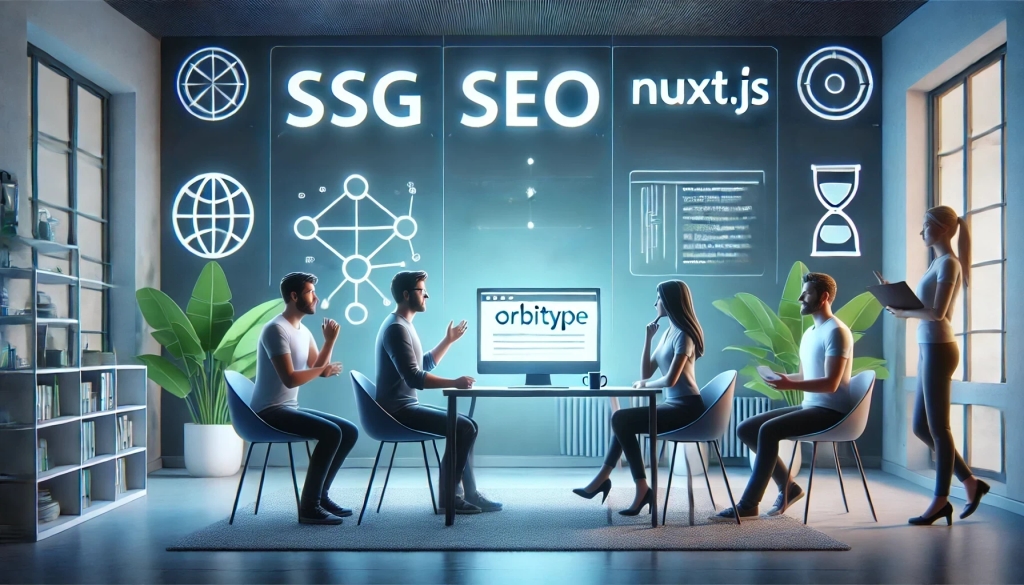
Integrating Orbitype with Nuxt.js for Optimal Performance and SEO
Leveraging Orbitype, a robust headless CMS, with Nuxt.js, a Vue.js framework, provides developers a powerful solution for building fast, SEO-optimized websites. This blog post explores how the integration of Orbitype and Nuxt.js harnesses the benefits of static site generation (SSG) and server-side rendering (SSR), thanks to Orbitype's API-driven content management system.

TypeScript vs. JavaScript
Discover the synergy between TypeScript and JavaScript for web development. Learn how Orbitype supports Nuxt CMS, headless CMS for Nuxt, and future-ready digital trends.
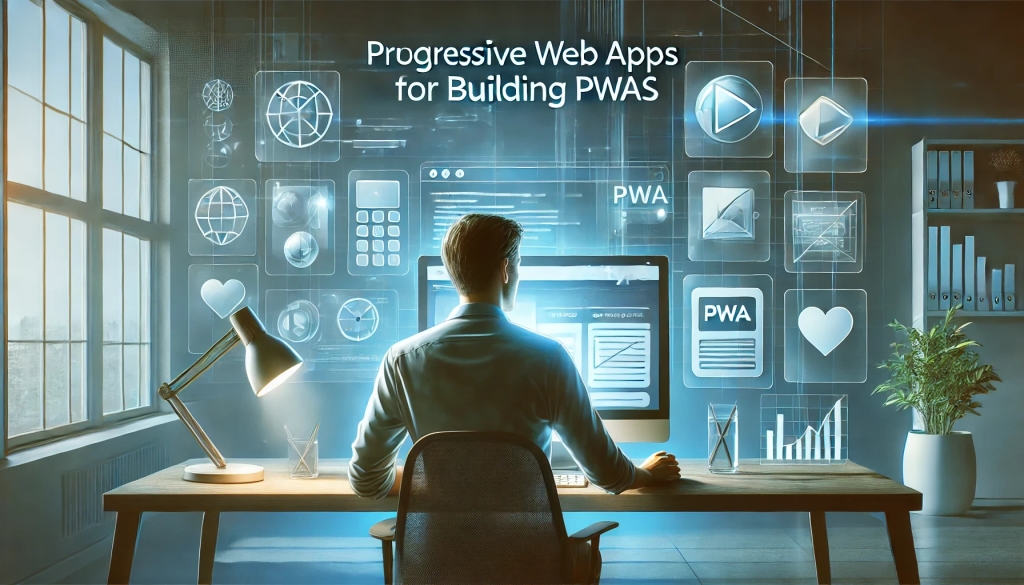
Building Progressive Web Apps (PWAs) with Orbitype
Explore how Orbitype enhances Progressive Web Apps (PWAs) with optimized performance, offline capabilities, and seamless content management for superior user experiences.
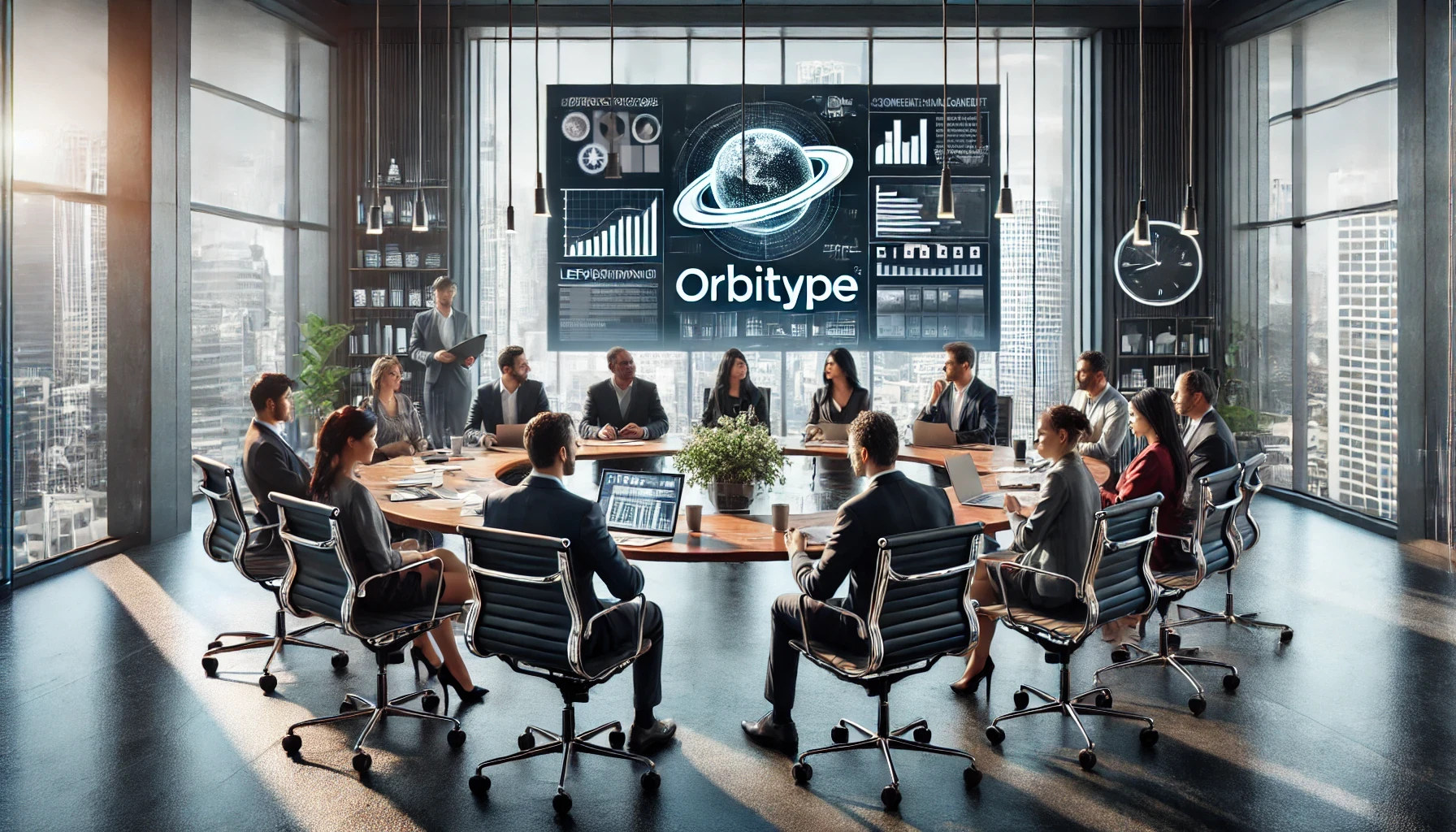
Leveraging Orbitype for Efficient Content Management in E-Commerce
nhance your e-commerce performance with Orbitype CMS. This scalable headless CMS simplifies content management, boosts SEO, and seamlessly integrates with Shopify, WooCommerce, and Magento for dynamic, flexible solutions.

Mastering Third-Party Integrations with a Headless CMS for Efficient Workflows
Streamline workflows and scale your business with seamless third-party integrations using Orbitype's flexible headless CMS—designed for efficiency, automation, and growth.
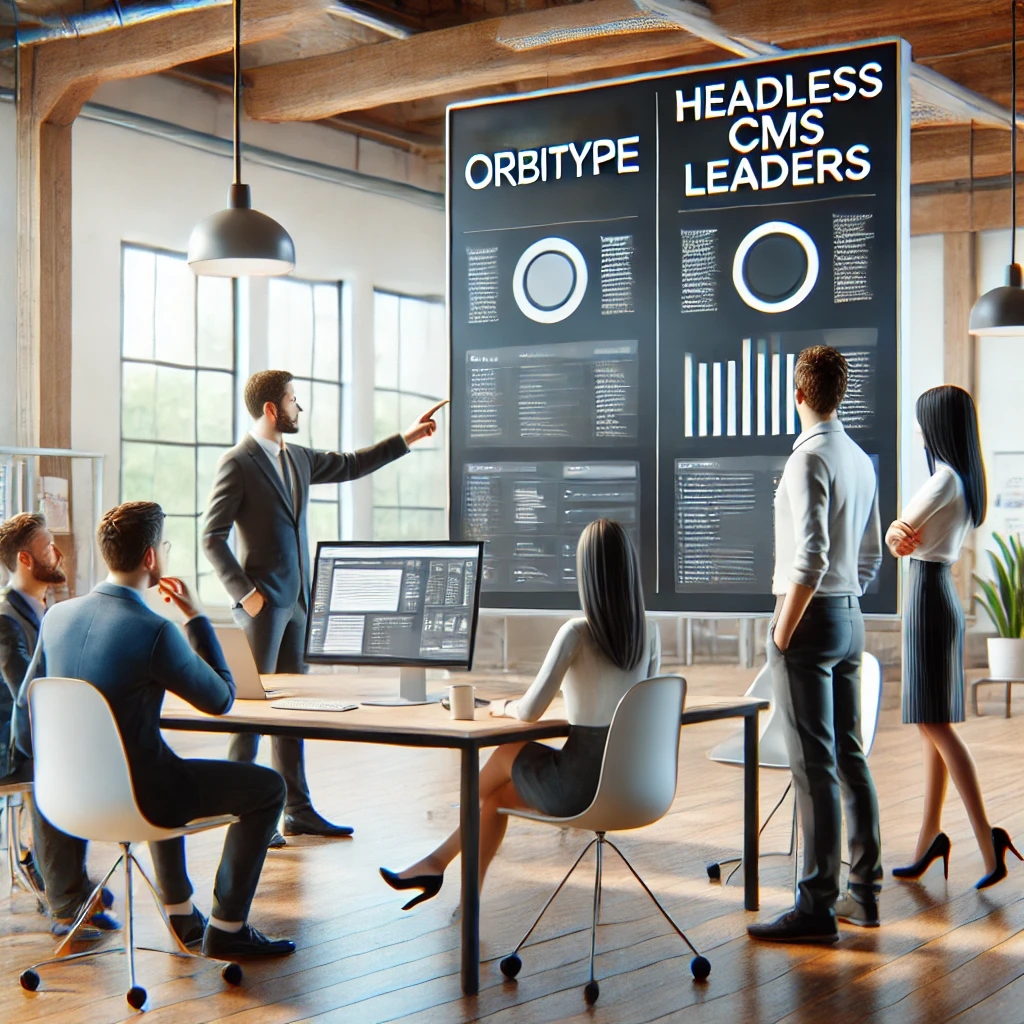
How Orbitype Compares to Headless CMS Leaders in 2025
Struggling to choose the best CMS? Discover how Orbitype compares to headless CMS leaders in 2025, solving complexity and scalability challenges with ease. Try Orbitype!
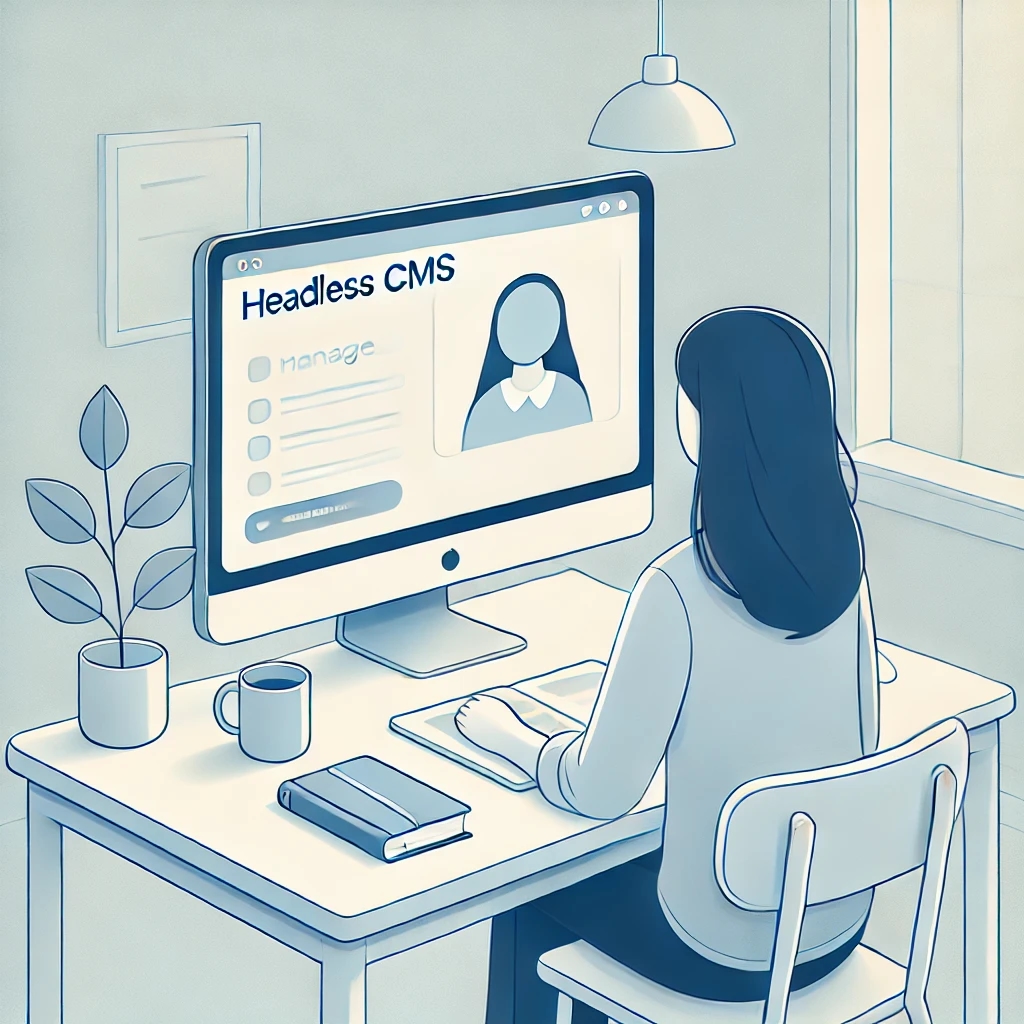
How Educational Institutions Benefit from Headless CMS for Online Learning
Enhance online learning with a Headless CMS. Discover how centralized content management, scalability, and seamless multi-channel access can transform educational platforms.
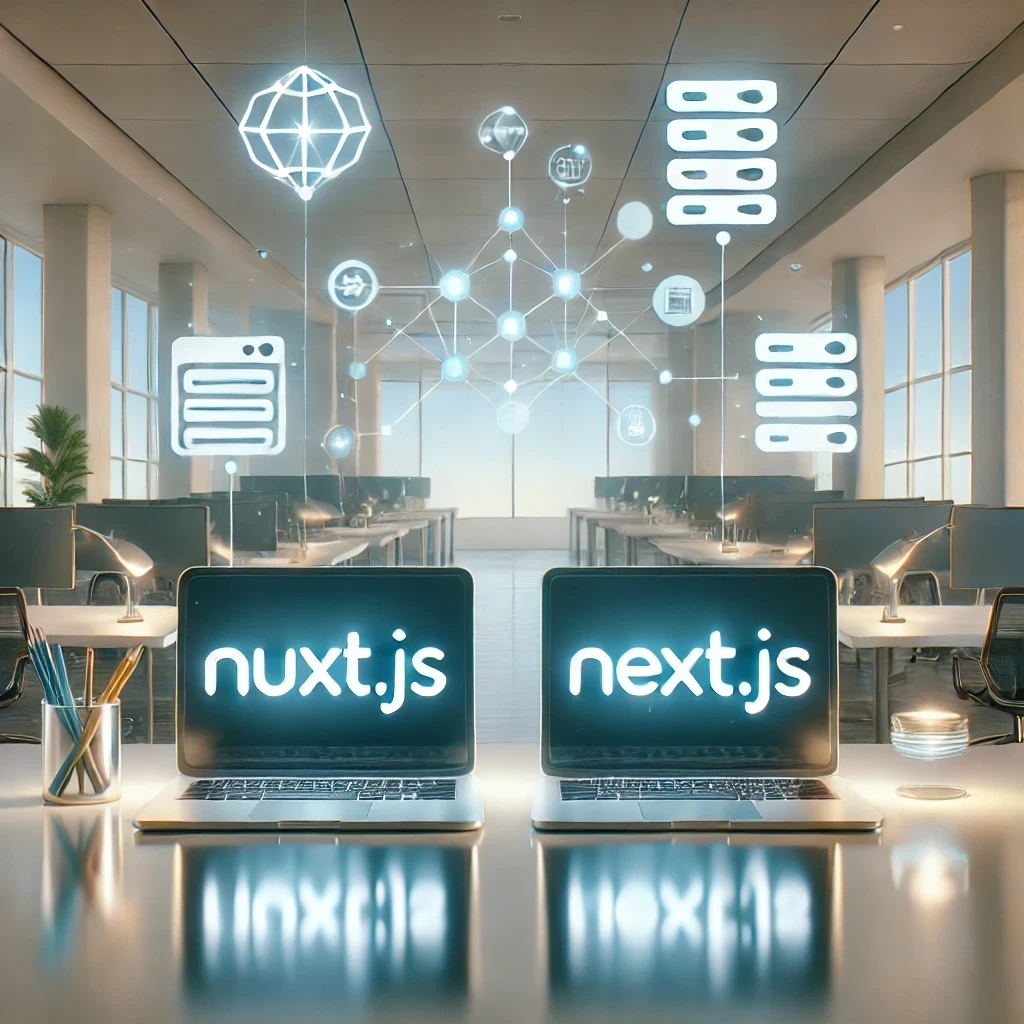
Nuxt vs Next: Which Framework Works Best with Headless CMS?
Compare Nuxt.js and Next.js to find the best frontend framework for your Headless CMS. Discover which offers better performance, scalability, and flexibility for dynamic web projects.
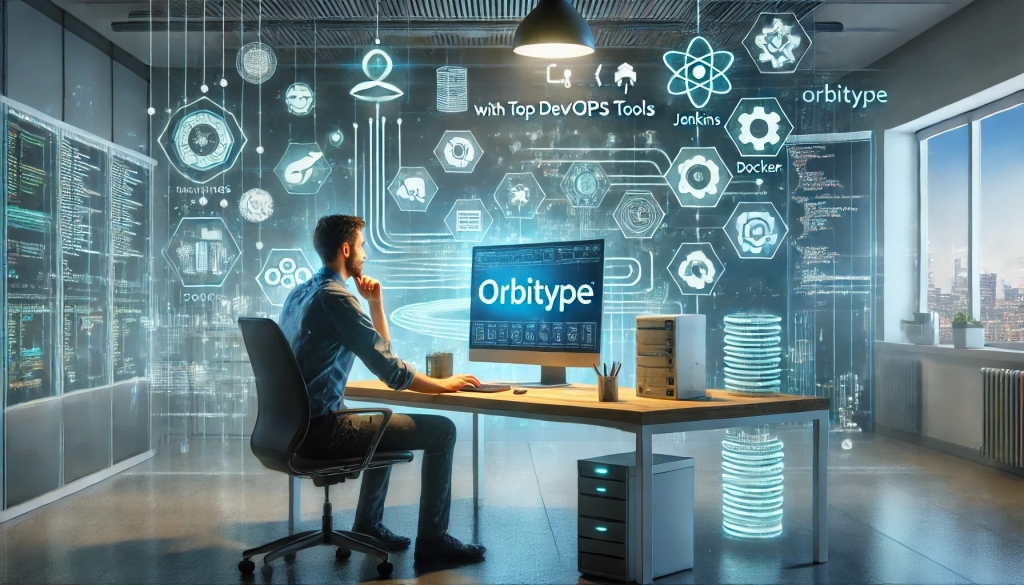
Streamlining Development: Integrating Orbitype with Top DevOps Tools
Discover how to integrate Orbitype with leading DevOps tools like Jenkins, Docker, and Kubernetes. Learn best practices for automating deployments, containerizing Orbitype, and scaling efficiently while streamlining workflows for continuous integration and delivery.

Building High-Performance Vue Apps with a Headless CMS
Discover how to optimize Vue.js apps with a Headless CMS for high performance, scalability, and SEO. Learn best practices and tools for creating dynamic web apps.

SQL or NoSQL: What's Best for Mobile Applications Using Orbitype?
Explore Orbitype, the ultimate headless CMS for React developers, offering seamless content management, enhanced performance, and flexibility to create dynamic web applications with ease. Learn how Orbitype simplifies workflows and boosts productivity.
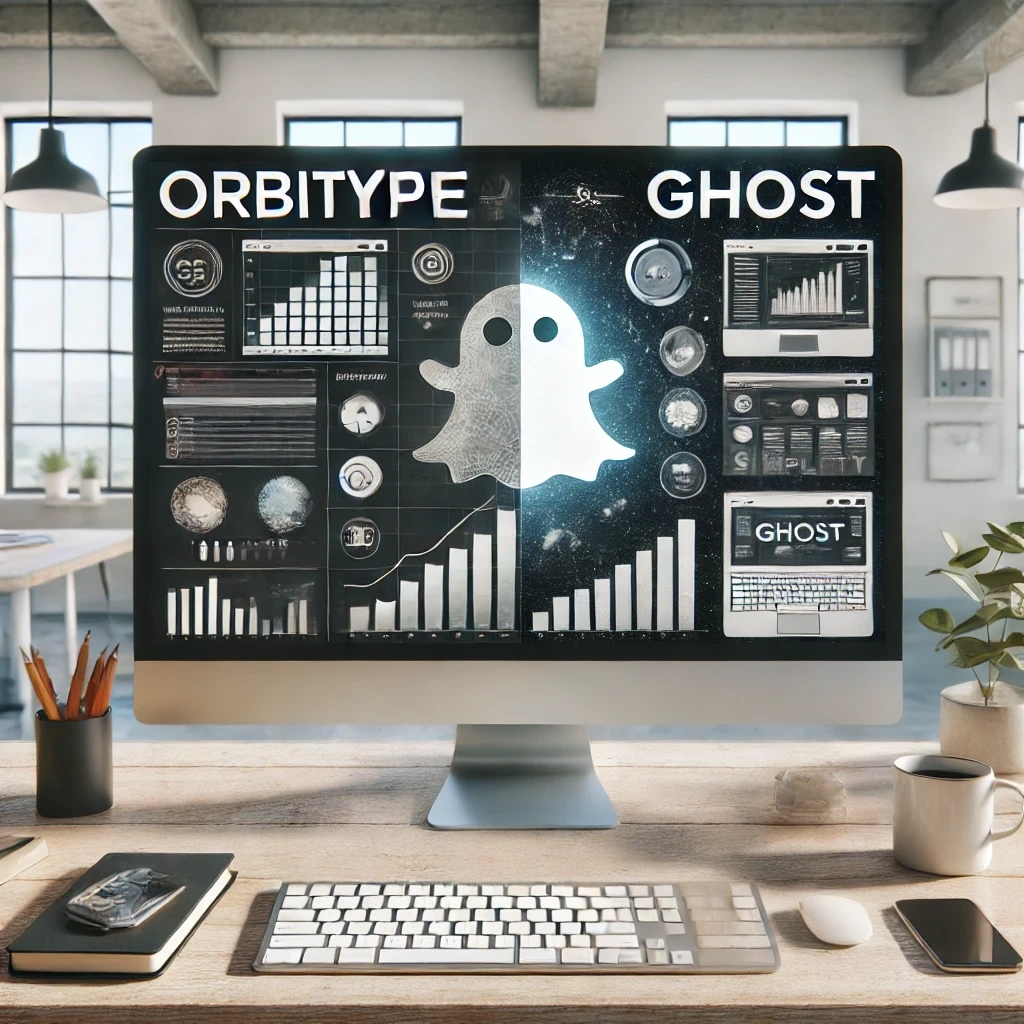
Comparing Orbitype and Ghost: Best CMS for Blogging in 2025
Compare Orbitype and Ghost to find the best CMS for blogging in 2025. Discover which platform suits your goals, from scalability to simplicity and dynamic content
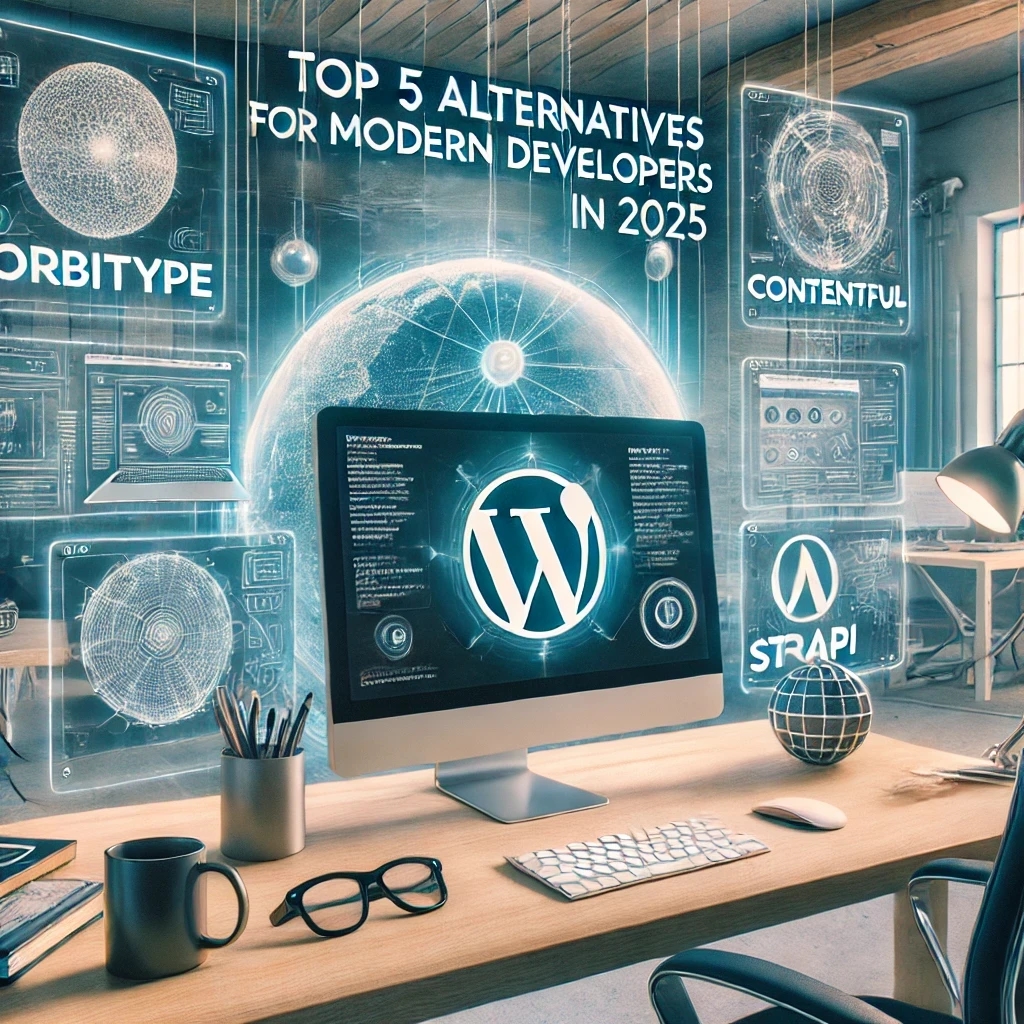
Top 5 Alternatives to WordPress for Modern Developers in 2025
Discover the top WordPress alternatives for 2025, including Orbitype, Contentful, and Strapi. Explore modern CMS platforms offering scalability, flexibility, and cutting-edge tools for developers.

Security and Compliance in Headless CMS: Focus on Orbitype
Explore headless CMS security with Orbitype: advanced authentication, data encryption, and compliance with GDPR & CCPA. Learn best practices for secure CMS operations.

10 Tips for Optimizing Core Web Vitals in Headless CMS Websites
Discover 10 actionable tips to optimize Core Web Vitals for Headless CMS websites. Improve performance, SEO, and user experience with these essential strategies.
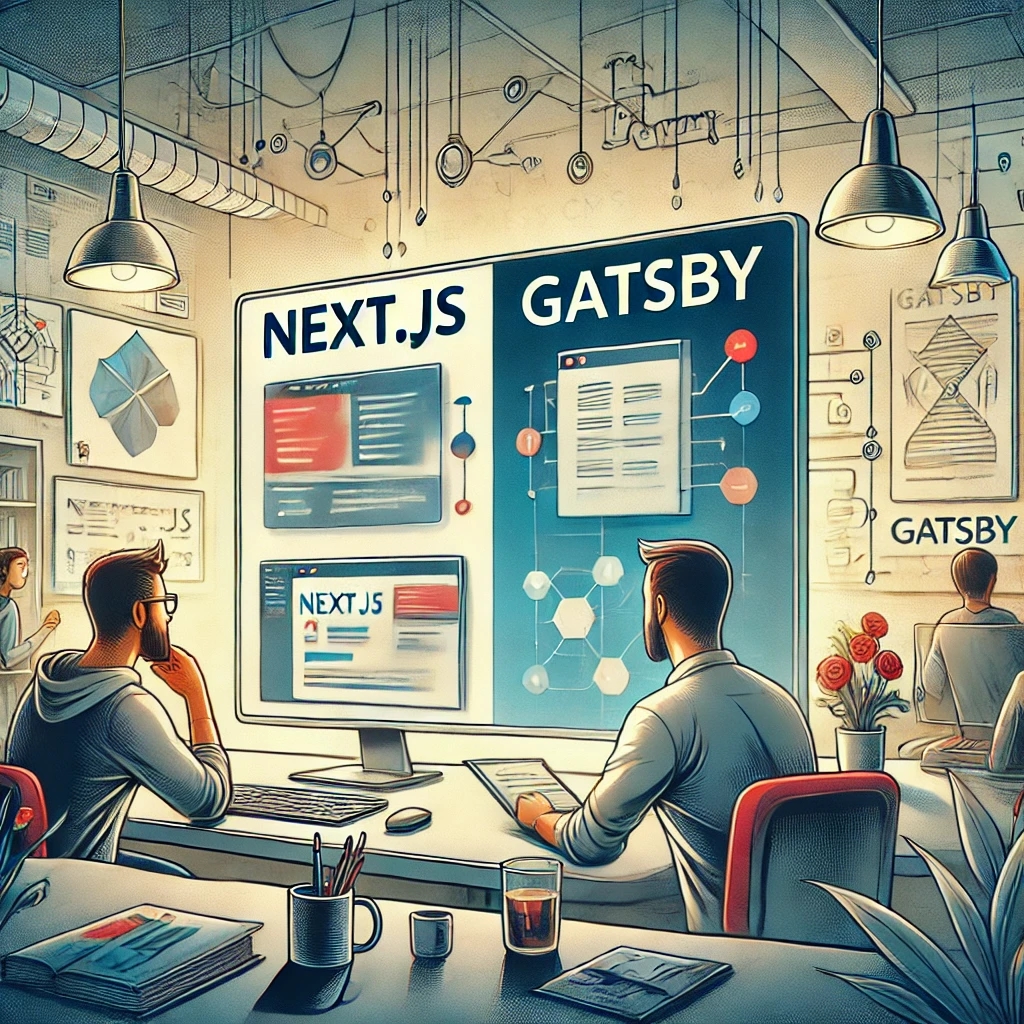
Next.js vs Gatsby: Which Works Best With a Headless CMS?
Choosing between Next.js and Gatsby can be challenging when working with a Headless CMS. This guide breaks down their strengths and helps you decide which framework works best for your dynamic or static content needs.

CMS for Vue.Js - Orbitype Headless CMS
Explore Orbitype, the best Headless CMS for Vue.js, offering seamless API integration, dynamic content management, and unmatched performance for interactive front-end development.

CMS for Nuxt - Orbitype Headless CMS
Optimize your Nuxt.js projects with Orbitype, the API-first Headless CMS offering scalable content management, multimedia repositories, and enhanced SEO for modern web applications.

Best Headless CMS Solutions for Portfolio and Personal Websites
Showcase your work with ease using Orbitype—the ultimate Headless CMS for portfolio and personal websites. Enjoy seamless integration, powerful customization, and SEO-friendly features designed for creators and developers.
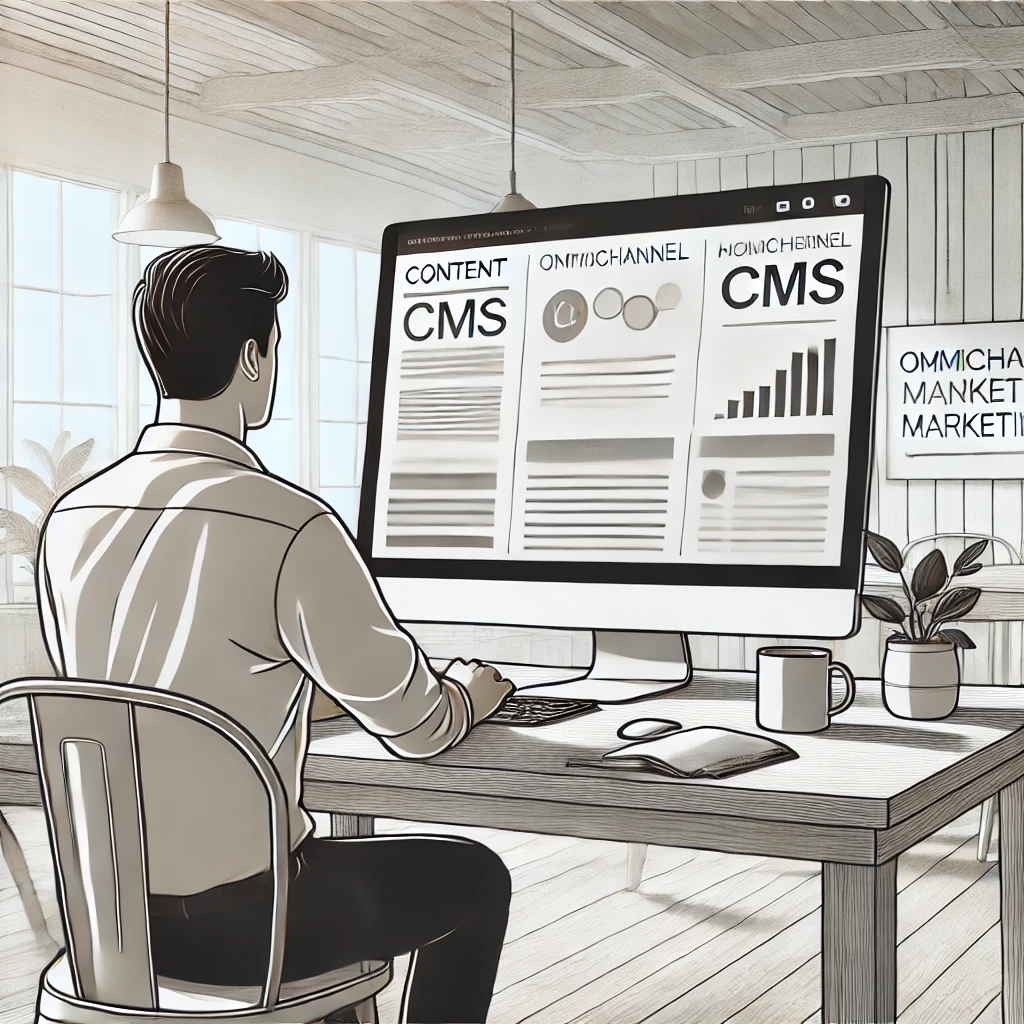
How Headless CMS Empowers Omnichannel Marketing Strategies
Boost your omnichannel marketing strategy with a Headless CMS. Centralize content management, deliver personalized customer experiences, and ensure consistency across platforms.
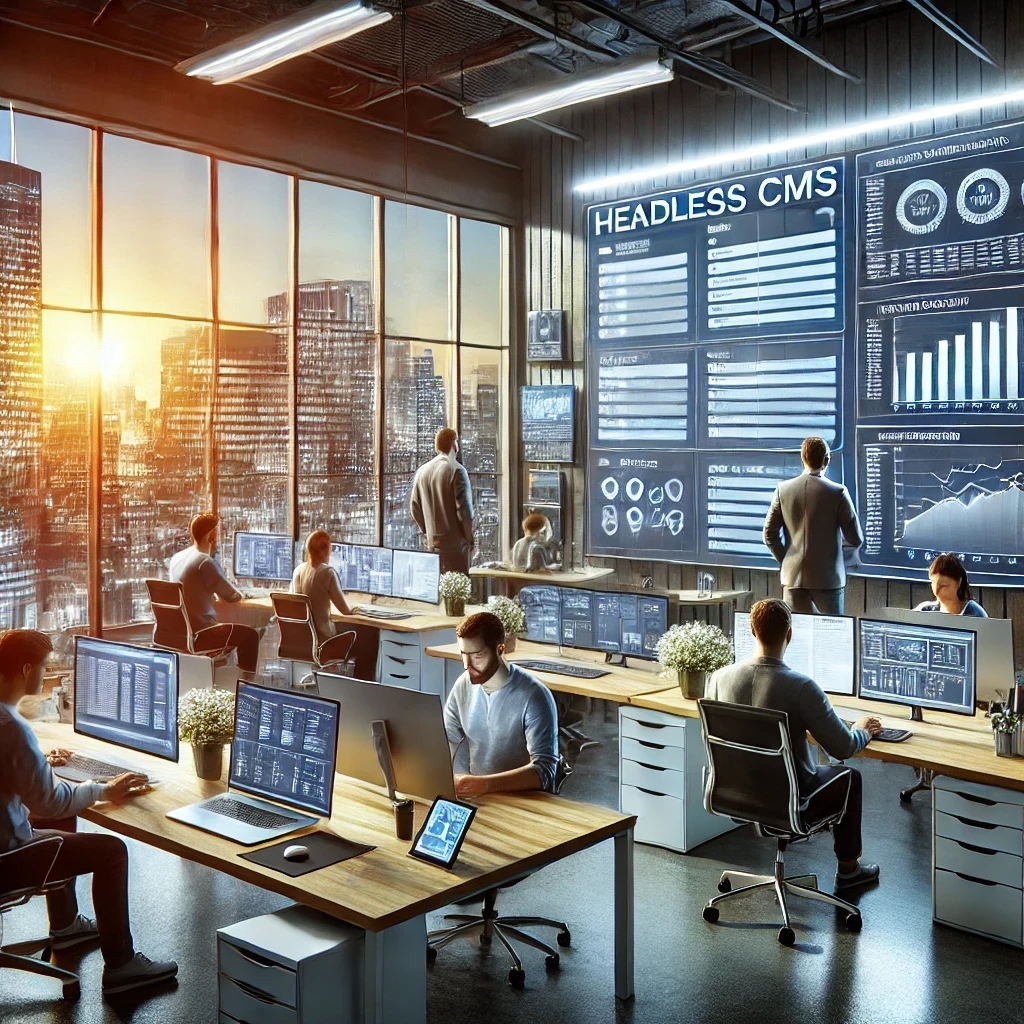
How to Scale Your Website with a Headless CMS for High Traffic
Scale your website effortlessly with a headless CMS like Orbitype—achieve faster load times, seamless scalability, and reliable performance during high-traffic surges

CMS for React - Orbitype Headless CMS
Orbitype is the ideal CMS for React developers, combining seamless API integration, flexible content management, and scalability to create fast, dynamic, and customizable web applications effortlessly.
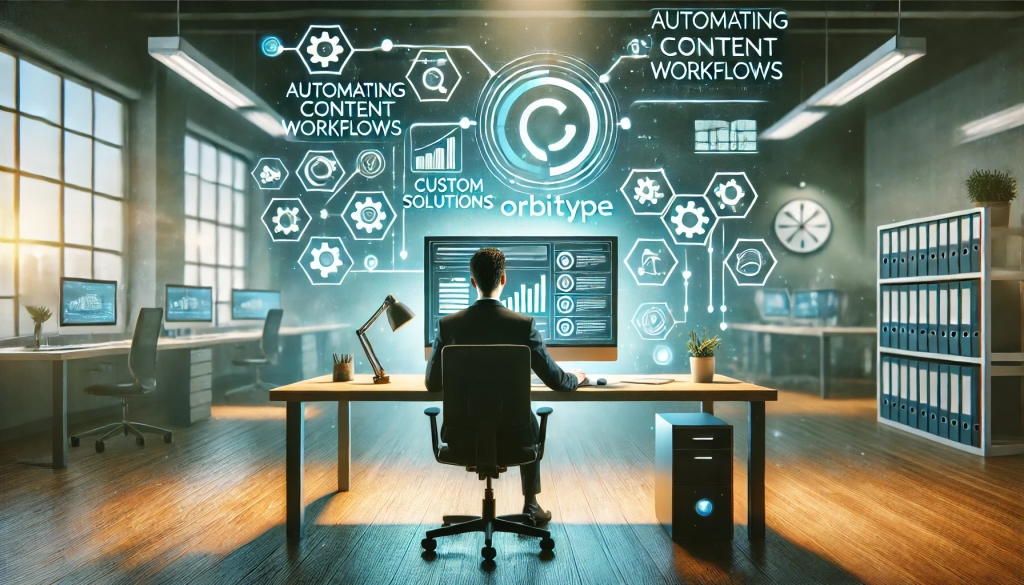
Automating Content Workflows with Orbitype’s Custom Solutions
Discover how Orbitype's custom CRM and ERP solutions revolutionize content workflows. Automate processes, reduce manual tasks, and improve productivity for software development agencies with tailored tools for seamless collaboration and efficiency.